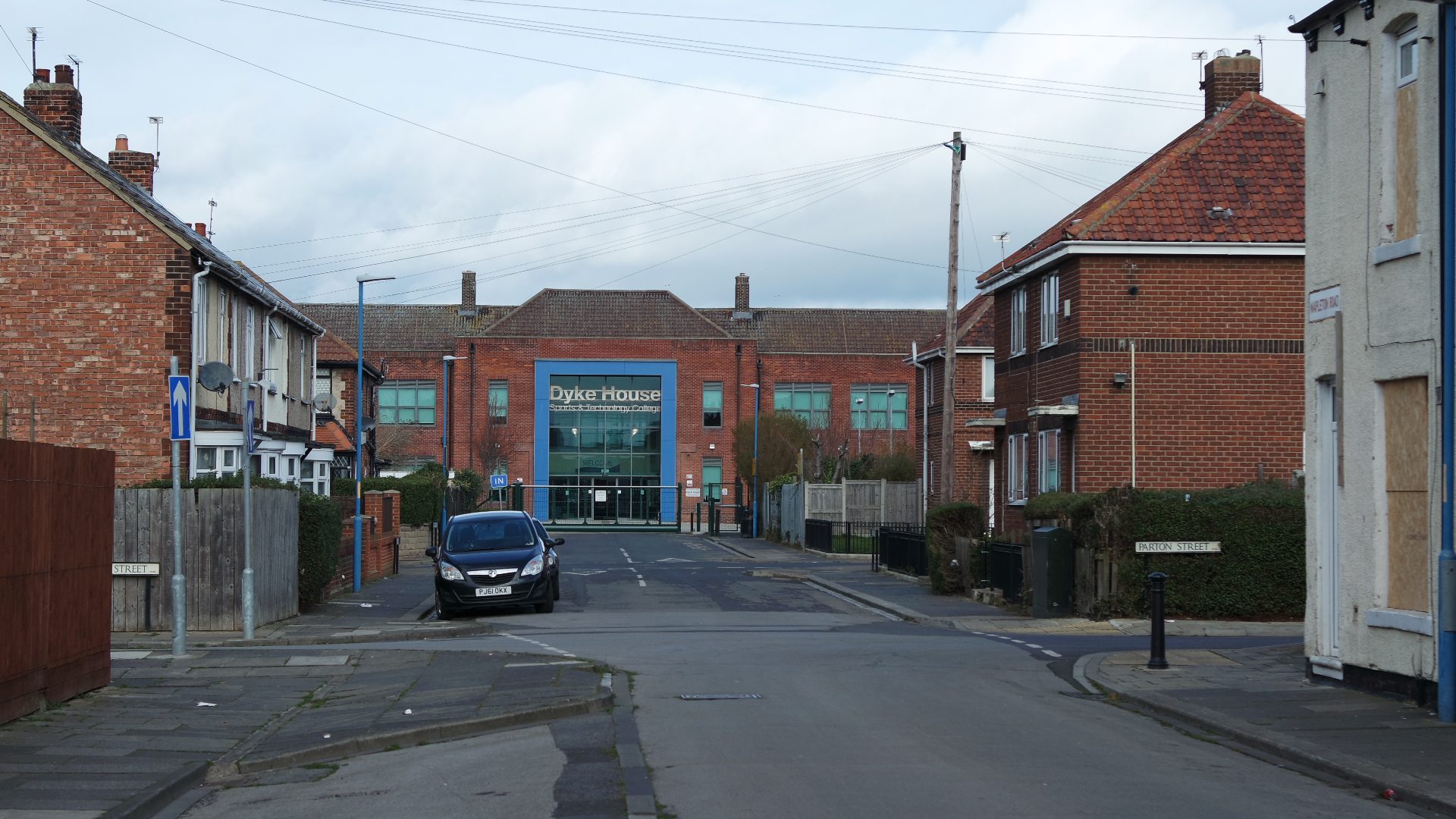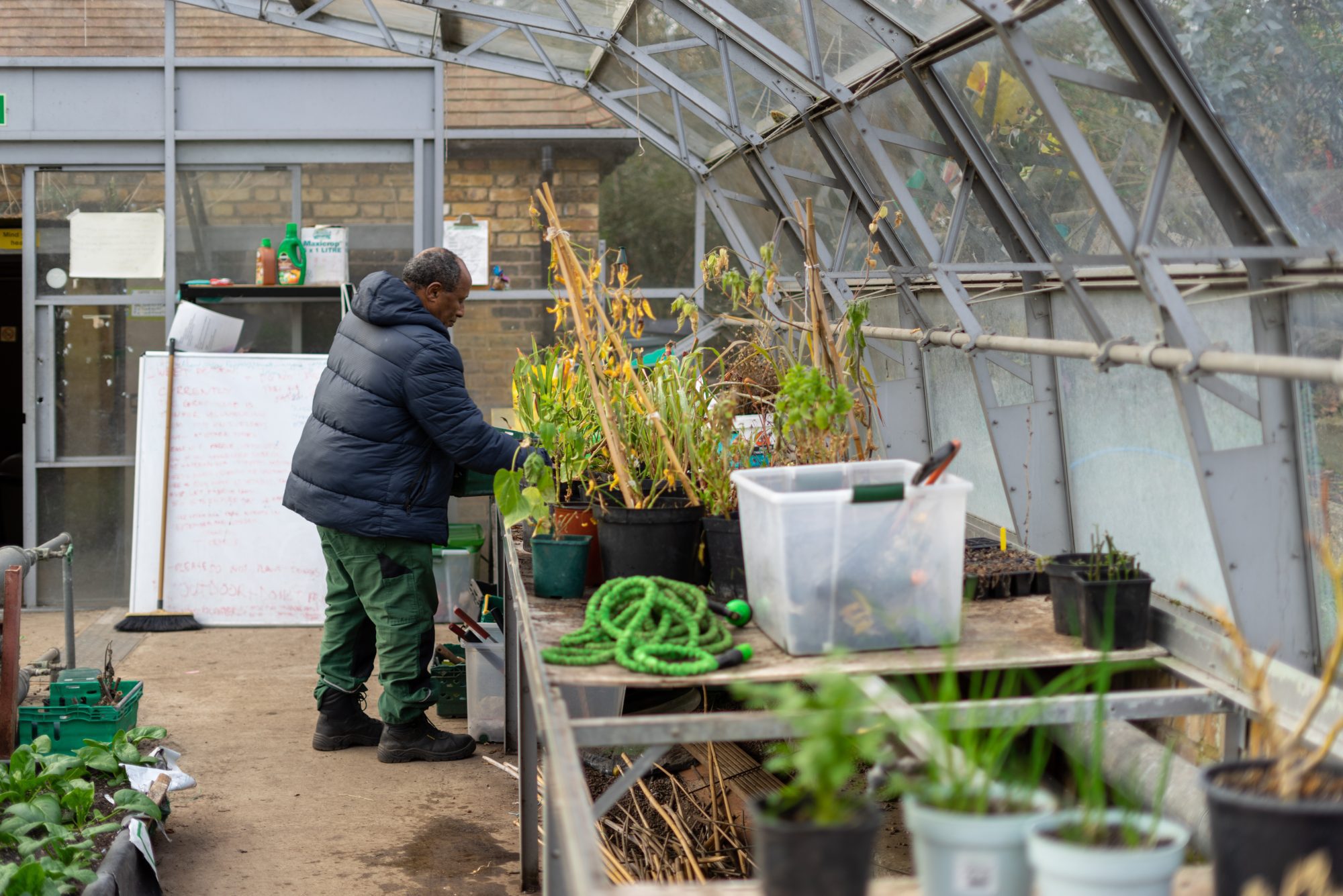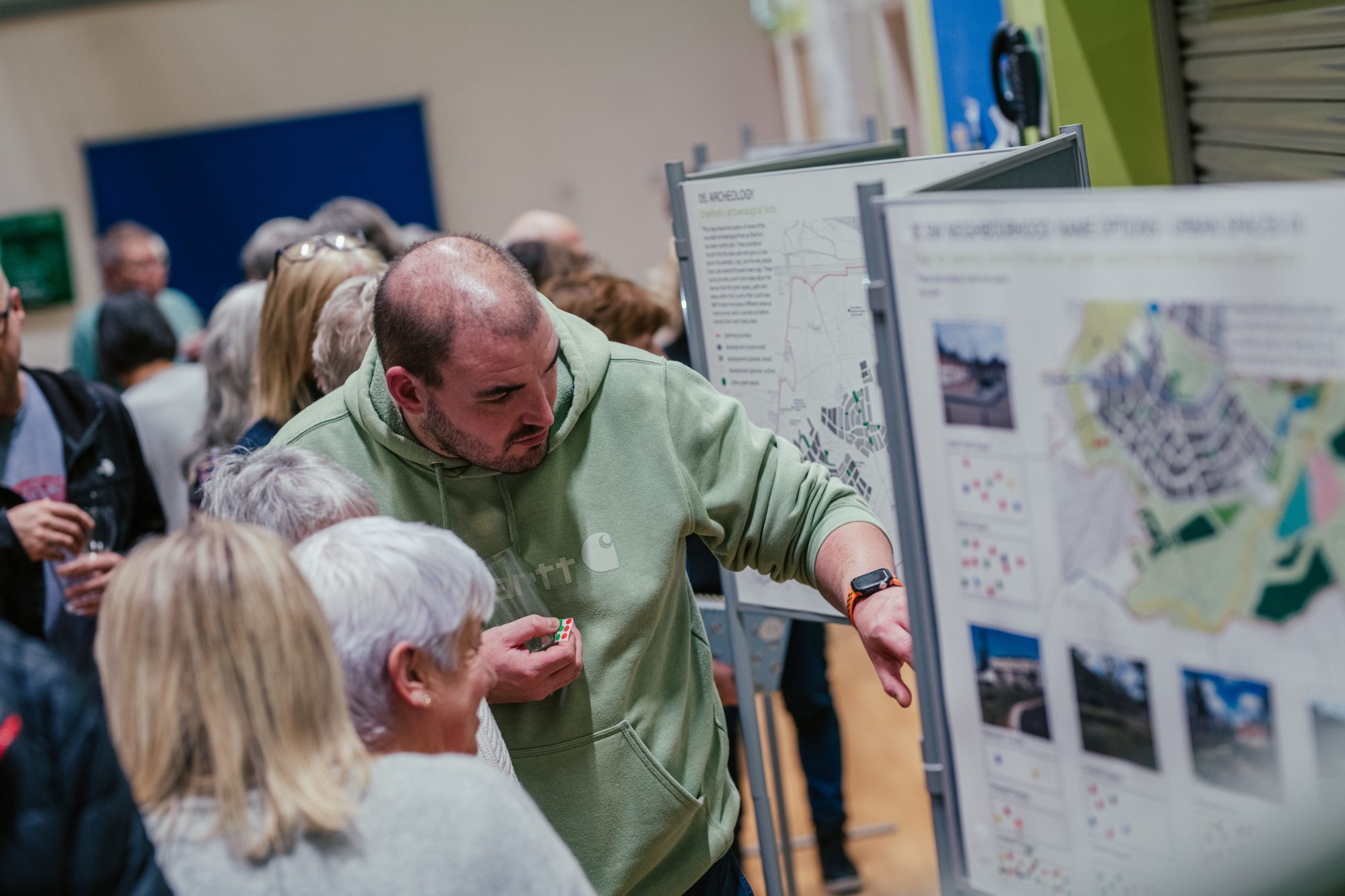
Jess Craig
Policy Manager
A plan for economic growth
This month, the government is due to publish its long-awaited industrial strategy, Invest 2035, a plan to drive economic growth in the UK that forms part of the government’s mission to achieve the highest sustained growth in the G7.
The Industrial Strategy Green Paper, published last year, set out eight ‘growth-driving’ sectors that will be prioritized for support – such as advanced manufacturing, clean energy industries and defence. It also focuses on stimulating growth in city regions and closing the productivity gap between London and the South East and the rest of the UK.
With the progress of regional devolution in England, the combined authorities are very much part of government’s strategy for growth. In his first week in office, Keir Starmer assembled a cross-party meeting of England’s metro mayors to discuss the government’s manifesto plans to devolve power out of Westminster. The Prime Minister also instructed the mayors to produce ten-year Local Growth Plans to work alongside the national industrial strategy to promote regional growth and inward investment. In return, he has committed to enhancing mayors’ powers and financial flexibility to oversee economic development in their regions.
Like the industrial strategy, these growth plans are expected to focus on the handful of sectors in which the UK excels, and where potential for growth is highest. But such an approach risks losing sight of the purpose of the growth mission – it’s not just about creating growth for growth’s sake, but about the potential for growth to create measurable improvements in people’s everyday lives. And that cannot be achieved with a focus on high growth (and often, by nature, high skilled and high tech) sectors alone.
Growth you can feel
As part of its growth mission, the government has set a target of raising living standards in every part of the UK by the end of the parliament. This work started with living standards at an alarmingly low ebb: the year 2022-23 saw the greatest annual decrease in living standards since the 1950s, while the cost of living and state of the economy ranked among the top issues for voters in the 2024 election.
It is clear that the government’s performance will be judged by voters at the next election on whether they feel their lives have gotten better, not whether GDP or GVA has increased.
If the government, and metro mayors, want to create growth that people can tangibly see and feel in their everyday lives, that makes people feel that their lives are getting better and not worse, they will need to start closer to home. Through our work with community business, we’ve seen how communities can create meaningful change in people’s lives and in their places through business.
As organisations that employ local people and trade with local suppliers, they produce growth that is rooted in community, where the wealth generated is much more likely to stay local. Crucially, these organisations are also most active in areas of high deprivation – where these improvements in living standards are so greatly needed – and their work supports people facing disadvantage in its many forms, including those most distant from the job market, and therefore furthest away from the effects of a top-down industrial strategy.
Recently we visited the Wharton Trust in Dyke House, Hartlepool, in a ward in the top 2% most deprived areas in the UK. The Wharton Trust is supporting local people facing poverty, unemployment, homelessness and poor mental and physical health and wellbeing. But they also have a tonne of ambition for their community, with a ten-year investment prospectus which, if supported, could unlock opportunities for people in the neighbourhood, including by helping new community businesses to start up (building on success stories like LilyAnne’s Wellbeing Café). This is just one example of a community business that’s got a plan for hyperlocal growth, and is building it from the bottom up.

Growing across
Policy makers in central and local government are now recognising the vital role of community businesses, and other types of business in the social economy, as drivers of inclusive growth. For our new report, Lessons in local growth, we spoke to combined authority officers working on Local Growth Plans, who told us that they want to make these growth strategies about more than just improving regional productivity or overall economic growth. Many of the mayors have already nodded to the need for inclusive growth, with commitments to create ‘growth for everyone’, adoption of community wealth building frameworks or plans to grow the social economy.
However, the focus on high-growth sectors set out by the industrial strategy has made it challenging to capture the potential contribution of the social economy, given these organisations often operate across some of the most pressing public policy challenges, like health, housing, employment and skills, often addressing multiple challenges at once. This sort of deep, horizontal impact is hard to see – or support – in a strategy focused on narrow high-growth sector verticals.
That’s not to say that community businesses are absent from these industries, though they’re more likely to be there to make an impact than a profit. For example, the Colebridge Trust in Solihull operates an assembly and packing business that is commercially competitive while offering supported employment to people with learning disabilities. Meanwhile, community energy businesses are growing in number and scale, and the creative industries, another priority sector, are replete with small, creative and impactful community-led organisations.
In our new report, we’ve set out strategies for combined authorities to create inclusive growth, by growing their local social economy and working with organisations that have deep, local impact, to create the kind of growth everyone can see and feel.
We draw on the work already underway in combined authorities, including our strategic partners in the Liverpool City Region, West Midlands and North East combined authorities, and hope it will inspire mayors and their staff to go further to create good and impactful local growth through the social economy.
We recommend that mayors should embed their commitments to supporting and investing in a thriving social economy within their Local Growth Plans, to give them permanence and an appropriate level of priority in the coming years. This feels like a live and important opportunity to begin to shift our industrial strategy towards one which grows prosperity across the country, and begins to tackle what growth is really for.



